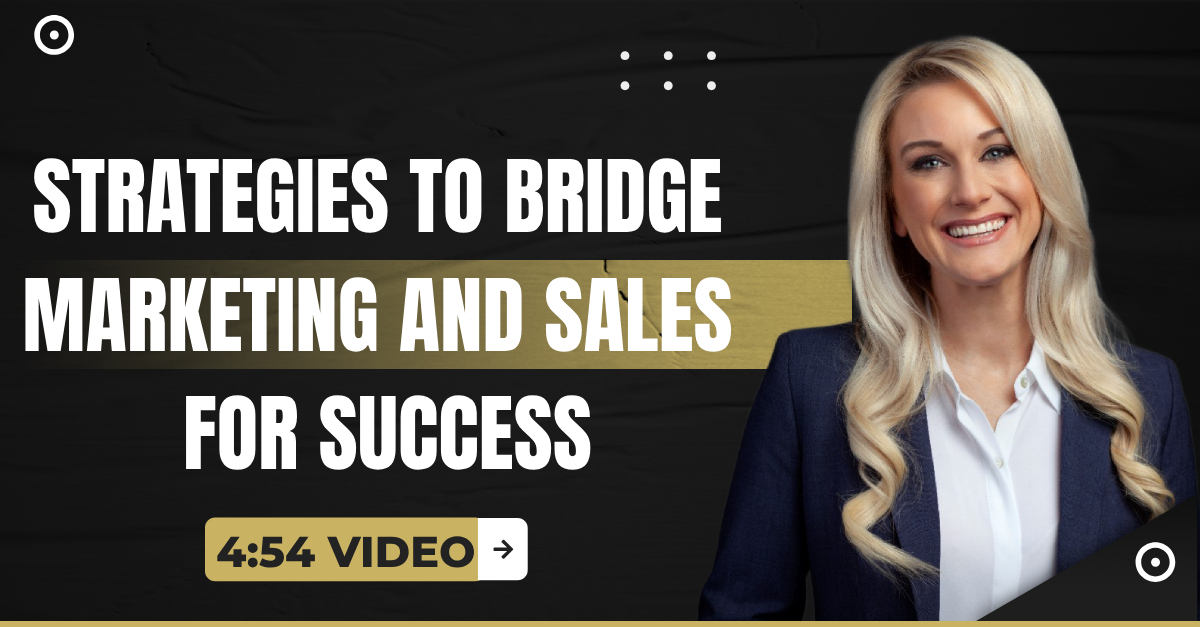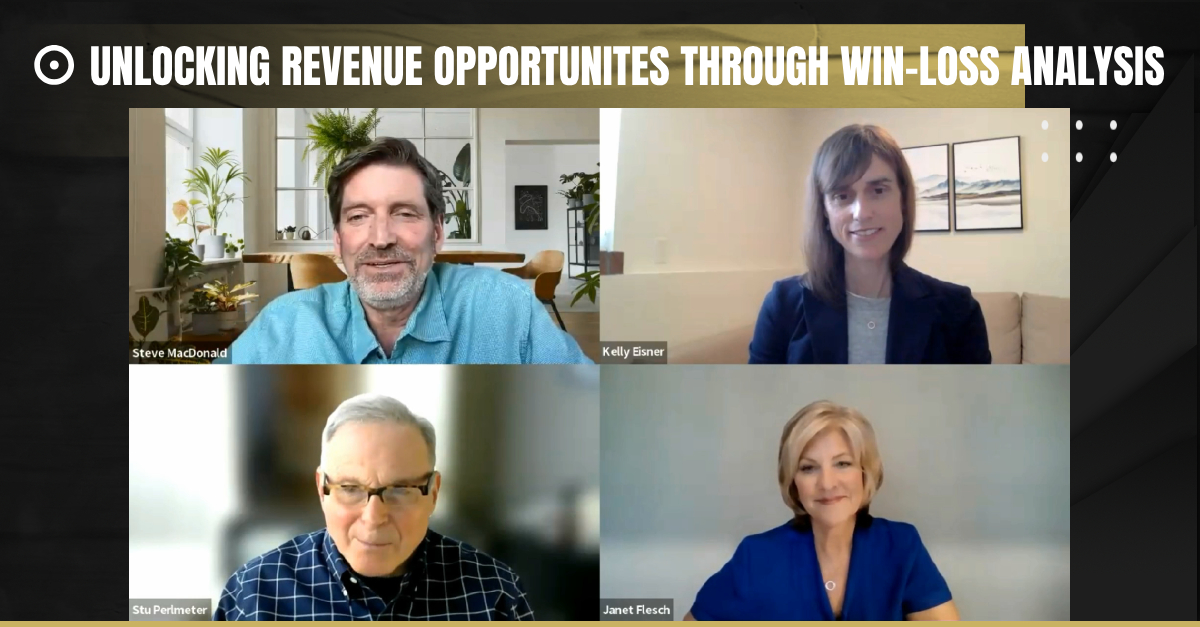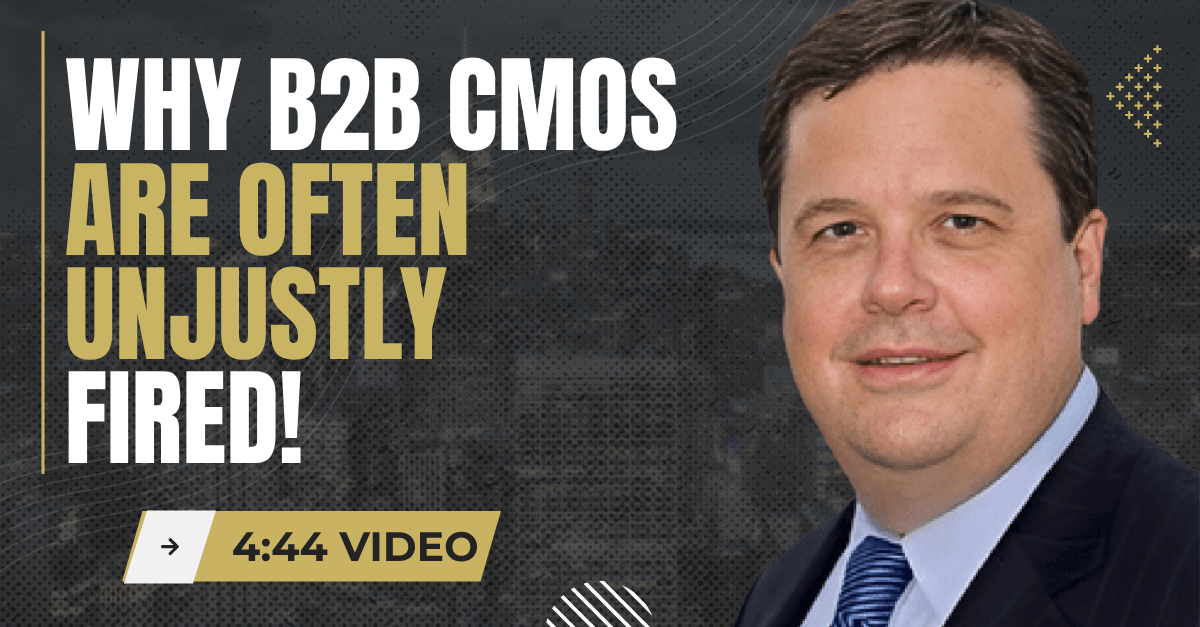CMOs: Today’s Blue Ocean for Revenue Marketers
Jonathan Symonds, a 2x CMO with seven years of experience in the C-Suite, discusses the importance of adapting to the B2B self-serve buying trend. He explains how he has not only successfully implemented a 100% inbound buying process, but also built a content machine that serves as a perpetual seller to its audience, spanning developers through the C-suite.

Content Marketing Is Complicated. For B2B sales, we simplify your path to being recognized as industry experts with the highest sales closing rates. As B2B founders, we know how to create content that positions your business as an authority, makes the case for your technology, confronts rational/emotional hurdles, and elevates your salespeople to trusted advisors—your competitive advantage in an ABM sales world. OUR PROMISE is to make your reputation a powerful and effective addition to your company’s core competencies.
Jonathan Symonds, 2x B2B CMO, highlights the power of thought leadership as critical to embracing a self-serve buying model. By creating high-quality content, B2B companies can engage their target audience earlier in the buyer’s journey while building strong trust-based relationships.
“You’re not trying to radically transform buyers in a single piece of content. What you are trying to do is get them to think differently by reframing the conversation.” – Jonathan Symonds
Jonathan outlines how thought leadership content allows them to “reframe” the conversation, elevating and clearly differentiating themselves from competitors and establishing themselves as trusted authorities in their industry. And if done correctly, it creates content that serves as a perpetual seller in the self-serve buying world.
You have the option to either watch the complete podcast episode or check out the summary video below, listen to the entire episode, or simply scroll down to read the article.
- (4:48 Video) “CMOs: Reframing the Conversation for Success”
Article: “CMOs: How to Combat the B2B Self-Serve Buyer’s Trend.”
From a podcast interview with 2x B2B CMO, Jonathan Symonds
Introduction
Jonathan Symonds is the CMO of MinIO, a company that operates with a 100% inbound buying process. Jonathan shares his insights on the growing trend of B2B buyers seeking a self-serve buying experience and the importance of thought leadership in addressing this changing landscape.
The Rise of Self-Serve Buying
Jonathan highlights the increasing preference among B2B buyers for a self-serve buying experience. He notes that the percentage of buyers who do not want to connect with a salesperson is growing rapidly. This trend poses a challenge for B2B CMOs, who must create conversations earlier and earlier in the buying process.
At MinIO, they have embraced the self-serve buying model by adopting a 100% inbound approach. Jonathan explains that their decision to go inbound was driven by the fact that their target audience, developers, prefer a self-serve experience at an ever greater rate than most buyers in the B2B industry. Jonathan has built a profitable business by building a content machine that allows developers to learn about MinIO and navigate the buying journey themselves.
The Importance of Content in the Inbound Model
Jonathan emphasizes the critical role of content in the success of the inbound model. He shares impressive statistics from MinIO, including over 1.1 million unique visitors to their website and 11.1 million page views in the past year. To sustain this level of engagement, MinIO produces a significant amount of content, including blog posts, videos, web pages, and more. They also leverage various channels to distribute their content, ensuring it reaches their target audience.
Jonathan reveals that every piece of content they create is designed to have a broad reach and serve its purpose to the fullest. To reach the widest possible audience, they syndicate their content across multiple channels, including social media platforms and niche sites. By focusing on the needs of its audience and consistently delivering high-quality content, MinIO has established itself as a trusted source of information in its industry. But there is more to Johnathan’s plan for successfully addressing the self-serve buying trend.
Reframing the Conversation and Building a Brand
In a crowded market like storage, MinIO faced the challenge of differentiating itself from competitors. Jonathan explains that they adopted a Blue Ocean strategy, which involved reframing the conversation and carving out an uncontested space for themselves.
They focused on performance benchmarks and unique use cases to position themselves as a leader in the industry. By challenging the status quo and offering a fresh perspective, MinIO could redefine the market, position itself as a completely unique solution, and attract customers looking for innovative solutions.
Thought leadership played a crucial role in MinIO’s brand-building efforts. Jonathan describes thought leadership content as having a nugget of contrarian thinking, educational value, and defensibility. It should be familiar enough to resonate with the audience while challenging their beliefs. By creating thought leadership content that met these criteria, MinIO was able to engage its target audience and establish itself as a trusted authority in its field.
The Data-Driven Approach to Content Strategy
Jonathan emphasizes the importance of being data-driven in content strategy. He explains that MinIO relies on a sophisticated listening system to gather user adoption and engagement data. This data informs their content strategy, allowing them to focus on the most relevant topics and use cases. By analyzing the data, they can identify trends and preferences among their target audience, ensuring their content remains relevant and valuable.
Conclusion
Jonathan Symonds highlights the power of thought leadership in B2B marketing. Companies like MinIO can engage their target audience and build a strong brand while embracing a self-serve buying model. Thought leadership content allows them to reframe the conversation, differentiate themselves from competitors, and establish themselves as trusted authorities in their industry.
As the B2B landscape continues to evolve, CMOs must adapt their strategies to meet the changing needs of buyers. By focusing on the needs of their audience, leveraging data-driven insights, and consistently delivering valuable content, CMOs can position their companies for success in the self-serve buying era.






